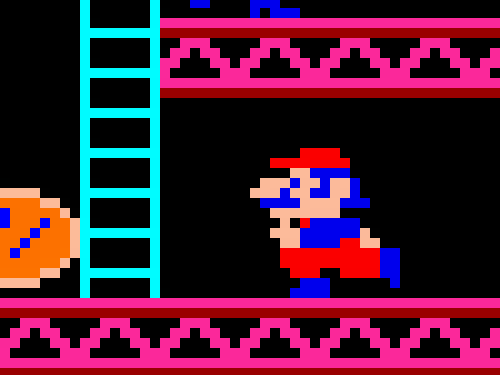Namco, the company that paid Toru Iwatani to make Pac-Man, wasn’t the only Japanese gaming company trying to get into the lucrative and developing American market for pinball and video games.
Nintendo’s shadowy beginnings as a playing card company
Fusajiro Fukui was born in Kyoto, Japan in 1859. He had what must not have been a very easy early life — he was a foster child adopted into a family named Yamauchi around the age of 13 after working at a cement company early in life, and in 1889 at the age of 30, after having put a little money and business acumen together, he decided to found a playing card company right there in Kyoto. The wood seemed good for cards, and Fukui, now Fusajiro Yamauchi, had some experience with various materials and industrial designs.

It’s interesting that he began the company right at that time — for 250 years before that, Japan had banned playing cards. They had been brought to Japan in the 1500s by the Portuguese, and by the early 1600s, the shogunates had banned them along with everything else from overseas.
But like most banned things, they were still around — you just had to know where to look. Eventually over the years, they turned into what were called hanafuda — small intricate playing cards (initially hand-painted by Yamauchi himself, made out of boiled bark from a nearby tree) with intricate designs that doubled as stand-ins for numbers. Those in the know, then, could still use them for gambling. Yamauchi must have known this, and that there was a market for it, and that’s why he founded a playing card company originally named Nintendo Koppai in 1889.
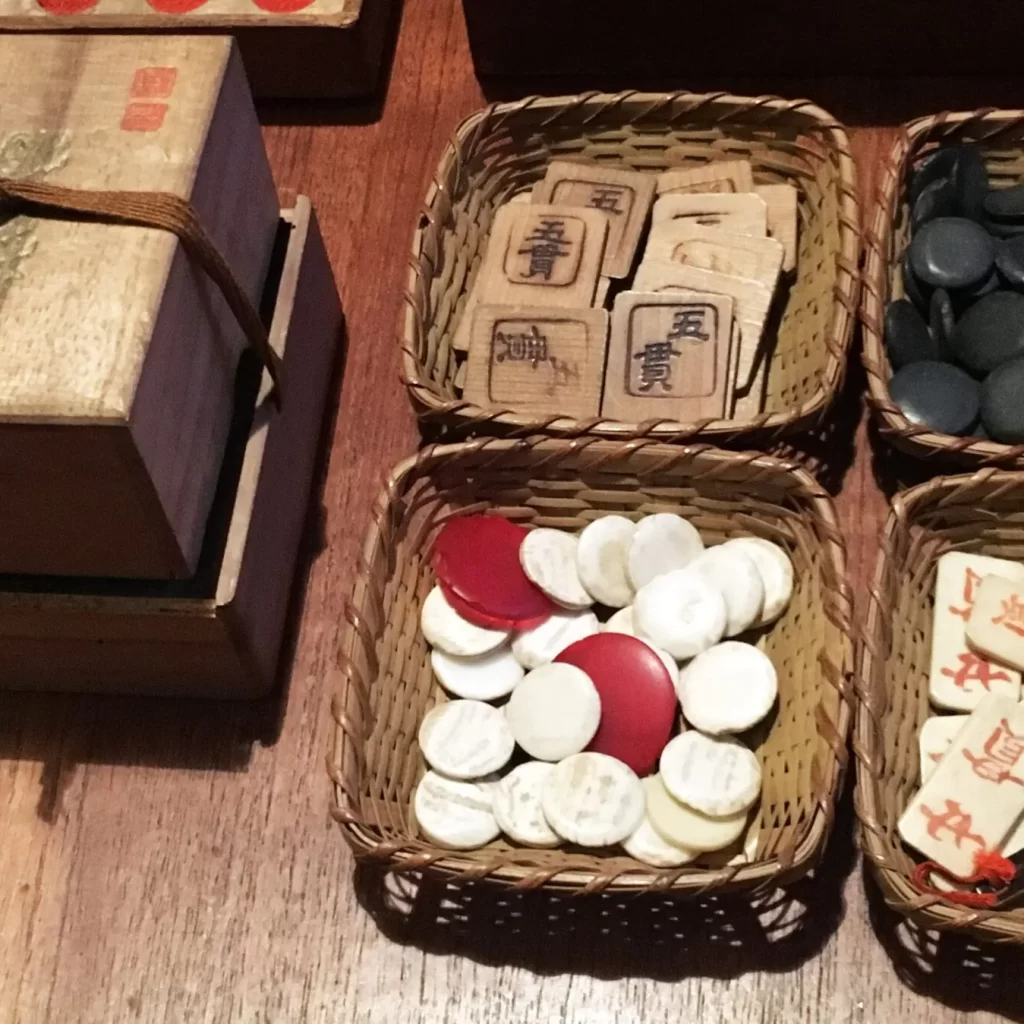
It’s true that much of Nintendo Koppai’s initial business sat on a gray line — the primary users of cards (those who needed a continuous supply of unopened decks, at least) were gambling parlors, and initially, Yamauchi and his company had to navigate to different price levels and businesses to keep the company alive. But as the freeze happened to be slowly lifted on playing card purchases (it’s unclear how much influence he had on that legal turn of affairs), Yamauchi’s company thrived — in 1929, he passed it on to his son-in-law (as Japanese culture stated that he should), and after the company leadership was passed around a bit, it was handed on to Yamauchi’s grandson, Hiroshi Yamauchi, who took over the company in 1949.
Nintendo was by then the largest producer of playing cards, and Hiroshi Yamauchi turned out to be a great steward of the company — he innovated and tweaked production (and got some longtime employees unhappy with him in the process). The younger Yamauchi is the one who changed the branding to just the Nintendo Playing Card Company, and just as things were rolling along well, the 1960s hit, and the playing card market itself began to fade away. It turns out that there were other ways to play and gamble, and using old fashioned paper cards just wasn’t as interesting as newer interactions.
“The Nintendo company made instant rice, started a taxi service, and even tried vacuum cleaners”
Nintendo, somewhat against the odds, did not just fade away. Instead, Hiroshi Yamamuchi was, in modern parlance, a hustler. He was dead set on keeping the company relevant somehow, so he started attaching its name to whatever he thought might work best. The Nintendo company made instant rice (which failed due partly to the success of instant noodles), started a taxi service, and even tried vacuum cleaners. The company is rumored to have attached itself to a chain of “love hotels” at some point, though that might be just a rumor or licensing misunderstanding.
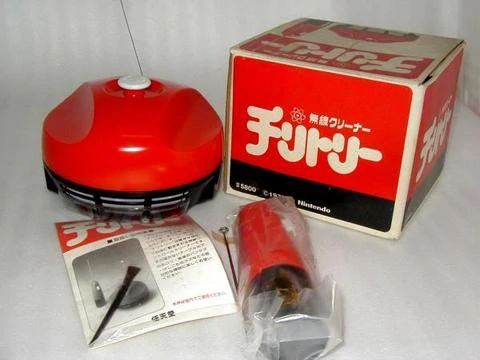
What’s for sure is that Yamamuchi did what he could to make the company work, and — though we don’t want to get too ahead of ourselves here, as we have many ups and downs to go — the TLDR is that it paid off. He died in 2013 as Nintendo’s largest shareholder, having become the richest man in Japan, at one point just buying the Seattle Mariners because a US Senator asked him to.
Before that, however (or perhaps in order for that to happen, but you have to imagine Hiroshi Yamamuchi, being who he was, would have found something eventually), Nintendo got into video games.
The company’s video game history even before Mario is packed with lots of innovative people working on fascinating and marvelous devices. Gunpei Yokoi was a master of manufacturing electronic toys — the best story about him is that when he later helped design the Game Boy, rumor had it that competitors were working on a more powerful device. “Does it have a color screen?” Yokoi allegedly asked when an underling reported the news to him. Yes, the junior designer nodded in fright, it did. “Then we’re fine,” Yokoi replied, knowing somehow that the Game Boy’s lack of color would make it even more iconic (and perhaps also that it would have what’s still in 2022 a surprisingly long battery life).
Genyo Takeda was also an early star at Nintendo’s games division, designing both the early standalone light guns the company sold, as well as the later NES cartridges and even GameCube peripherals the company made. Even before Mario existed in anyone’s mind, Nintendo was already making hits in the electronic toy scene.
The story of Donkey Kong, however, and modern Nintendo, perhaps aptly starts with another failure. In the late 1970s, Japan’s gaming industry (which Nintendo already had a solid share of) was going through some extreme changes. Yamamuchi, ever the hustler, was continuing to look for new channels to work with. And he’d found one, in America. American arcades, thanks to titles like Space Invaders and eventually Pac-Man, were bringing in lots of cash. There was a market there, and Yamamuchi needed someone to go to the USA and conquer it. He decided to send one of his most trusted (or perhaps least necessary) employees: his son-in-law, Minoru Arakawa.
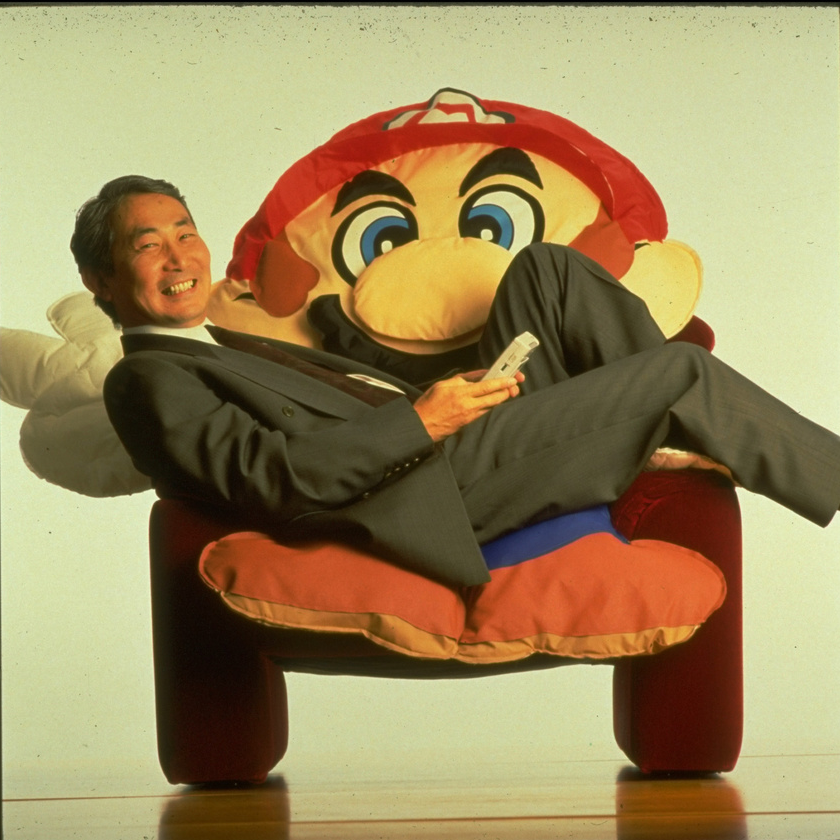
Arakawa was a man who probably felt a whole lot of responsibility in being asked to help figure out his father-in-law’s company’s place in the American market. He had married into the Nintendo family — his own family was also successful in textiles, but his older brother had taken over the business already. He had met his wife, Yamamuchi’s daughter Yoko, at a Christmas party in Kyoto one year. She was against his working for Nintendo at all — she’d seen what it had done to her father, and apparently didn’t want that for her own family. But Arakawa took the job anyway, and took Yoko to North America with their two daughters, one born and the other on the way, to make the company work.
Arakawa had some success in Vancouver and then New York early — Nintendo’s Game and Watch titles were selling reasonably well, and they were doing a solid business importing a few arcade machines at a time. But Arakawa had to impress his father-in-law and prove the whole endeavor had been worth it: He needed a big hit from the arcades, something he could really make a splash with, both in the US and with the company (and its leader) back home.
Radar Scope’s failure opens the door for DK
The game Arakawa decided on was called Radar Scope. The title had already done great in Japan, and Arakawa figured that it was a sure thing in the US as well. At least he figured it would be a big hit — he called in an order of 3000 Radar Scope arcade machines to arrive in 1980, essentially putting Nintendo America’s future on the line. The machines were made and shipped, which must have taken weeks and not been cheap.
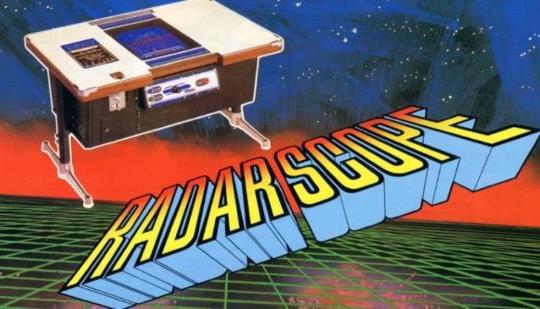
Unfortunately, just as the machines arrived, the demand for Radar Scope puttered out — while Japanese audiences liked the game, it played too much like Space Invaders for American tastes. American players already had their fill of shooting aliens, and the slightly different angle wasn’t anything interesting. No one wanted to play Radar Scope, which meant no arcade owners wanted to buy Radar Scope, either.
That was a problem. Arakawa must have had to go back to his father-in-law and explain he’d made a costly mistake, and now had 3000 arcade machines that weren’t worth their hardware.
Yamamuchi is who he was for a reason: The company came up with an ingenious plan. They’d rewrite the software on the Radar Scope machines. They’d write up a new game in a few months, send it to America, and Arakawa could copy the code in, change up the art, and sell the machines with a new, better game that people wanted to play. How would they find the game?
Good question. They asked every single artist and designer at the company, no matter how junior or senior, to submit an idea, and tried to pick the best..
The winner was an idea about a plumber saving a princess from a monkey. The author of the idea was a young game artist named Shigeru Miyamoto, a guy who liked to run around in the woods as a kid in Kyoto. He liked manga and making toys, and he’d gone to school for industrial design, and loved Space Invaders enough to try and join the video game industry at Nintendo. So far as a young hire at the company, he’d made some art for a game called Sheriff.
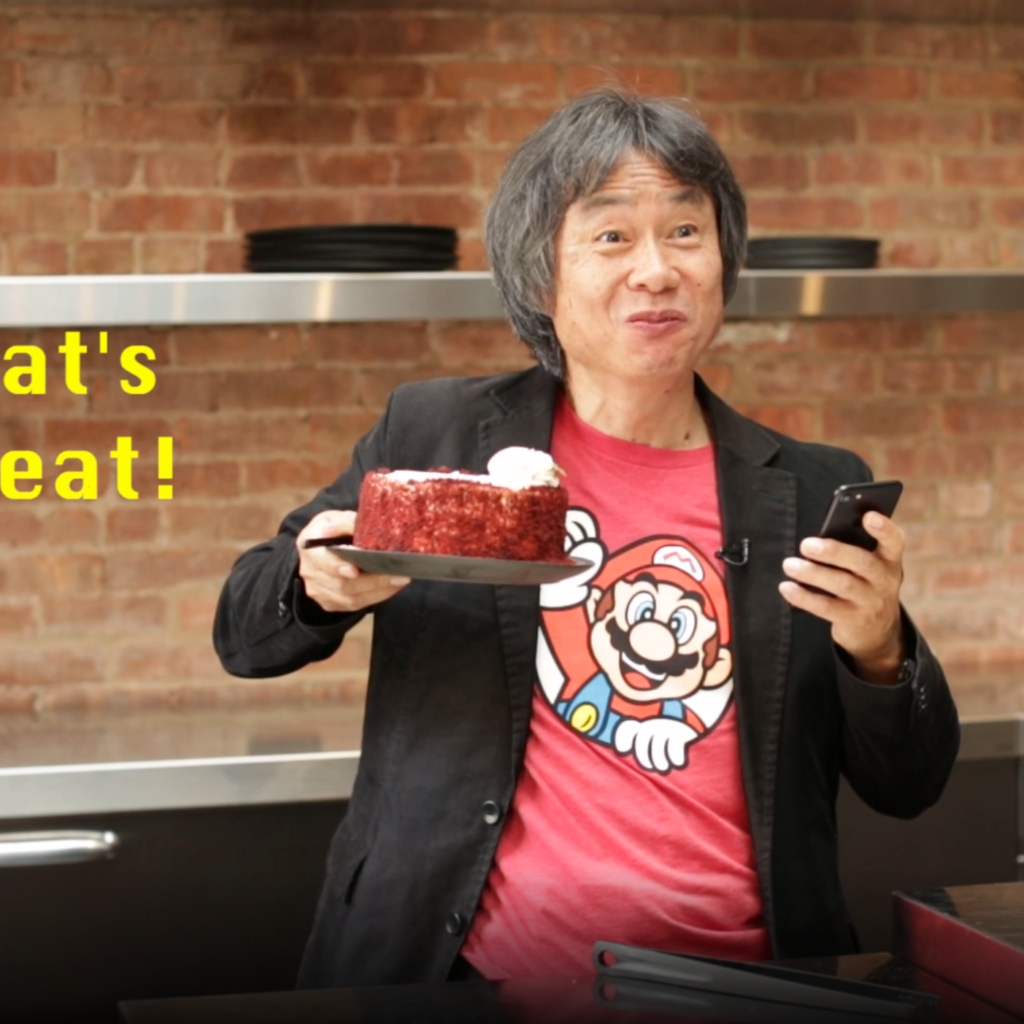
Miyamoto appreciated the simple joys even at a young age. One of Miyamoto’s favorite things about working at Nintendo as a young artist was the company’s paper baths.
In 1980, the company still made paper playing cards. The process of making paper cards first requires making paper, and to make paper (from the wood in Kyoto’s trees), you need lots of hot water to boil the pulp down. After use (and presumably filtering), this hot water was piped off into private company baths that all employees had access to, even if they didn’t work on the cards themselves, and Miyamoto says he loved nothing more after a hard day’s work (or even maybe during a midday break) than going to the paper baths and thinking up great ideas for video game art. That’s where Donkey Kong came from, released in America on July 9, 1981.
The name itself was added later — Donkey was a translation misunderstanding supposed to essentially mean “Dumb Kong” or “Idiot Kong,” but when Nintendo of America tried to correct it, Miyamoto and team said no, we’re keeping it Donkey, apparently just for the sound of it. That’s the faith the company put in this young designer and his idea. Maybe Hiroshi Yamamuchi knew he could always replace the software again if needed. But he also wasn’t wrong in the choice he made.
Miyamoto says he remembers the game’s short five month development period as thinking very seriously about the action of running up ramps and ladders, jumping over barrels, and eventually saving the princess from the ape. “I was pretty serious when I was making this,” he told Time. Mario will die from a fall because Miyamoto was trying to be as realistic as possible — a normal, real-life person falling 1.5 times their height would probably get hurt. But Miyamoto says that he was being too serious about the whole thing — by the time he’d moved on to Mario Bros., he’d given up on worrying about fall damage. It wasn’t fun enough.
That seems to define Miyamoto’s whole career — he’s a divining rod for fun. He can find the enjoyment in almost anything, and he’s brilliant at communicating the path back to others, whether they be players or his own fellow developers, apparently. His Donkey Kong idea not only created this game, but the idea of Pauline and the representation of a video game damsel in distress (later, rightfully, rejected, and re-established, and re-rejected, and so on). And he created Mario, video gaming’s main mascot (in sales, perhaps, if not culturally more universal than Pac-Man himself). Only Call of Duty, which we’ll someday get to, presumably, has sold more copies overall.
Mario was originally called Jumpman — the moniker comes from Minoru Arakawa’s New York office landlord Mario Segale (who is now an 84-year-old real estate developer who says he’s “still waiting for my royalty checks”). Mario was a plumber because that was just an average, everyman guy (and perhaps because Miyamoto was sitting in a bath).
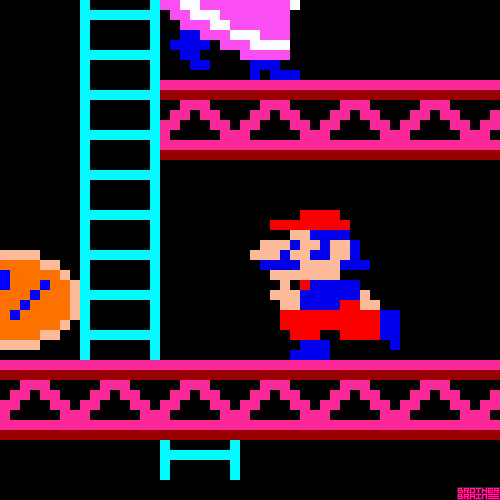
The game, was, of course, a giant hit. Pac-Man surely helped — the arcades were already full, and here was a game that was charming and fascinating, simple to understand and surprisingly fun and complex to master. It also ate quarters — all you had to do was climb up that one screen, with plenty more to come if you could make it. It seemed so simple and offered so much. The brilliant mix of give and take, of the precision of the jumps and the back and forth of dodging barrels, climbing ladders, and hopefully making it to the hammer was exactly the quest that the early arcades were looking for. Yes, the score was still the thing, but you weren’t just a yellow circle eating pills for points — you were climbing the hill to get the girl back from the ape. You, Mario, were the hero.
Donkey Kong did get a Nintendo console release on the Famicom, though Shigeru Miyamoto wasn’t involved in that development at all — he was more focused on Tennis and Golf, two new launch titles for the American release. We will, of course, see him again on this tour, many, many times over. His contributions to his company, not to mention the human race, are too grand for this column to ever elaborate fully.
Donkey Kong made Nintendo $280 million over the next few years. It was never quite as culturally a hit as Pac-Man — Pac-Man was the first game to hit the mainstream, the target of derision and ridicule as much as it was a moneymaker. But Donkey Kong was just as much of a moneymaker, and Miyamoto’s simple thought of a universal premise and the care to make it happen in pixels was quite an achievement. It cemented Miyamoto as a Nintendo star. It solved Arakawa’s problem and set the company up for huge success in the US and worldwide. And of course it made Yamamuchi’s wildest dreams come true — he’d been handed an old playing card company unceremoniously in 1949, and by 1980, with the help of some real talent and some incredible deals, he’d made it all finally work.
Donkey Kong’s biggest legacy, besides all of the scores, was perhaps a being more approachable and relatable hit than video games had ever had before. It showed up on Mister Rogers’ Neighborhood in 1982, where a young kid showed Fred Rogers exactly what a video game was like (and even got to climb up inside the machine). Pac-Man showed that video games could be enjoyed by anyone, but Donkey Kong was kind and fun — a game that the mainstream could accept as something even kids could be interested in. Among a certain older generation, all games are considered “Nintendos,” and because of Donkey Kong in addition to the titles after it, the older Yamamuchi’s playing card company is still a global player in electronics and entertainment, not to mention fitness, education, and design.
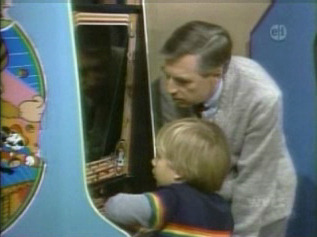
Next time: Hollywood sends video games packing… to a landfill.
For more in our People’s History of Gaming series, see our Pac-Man biography.

